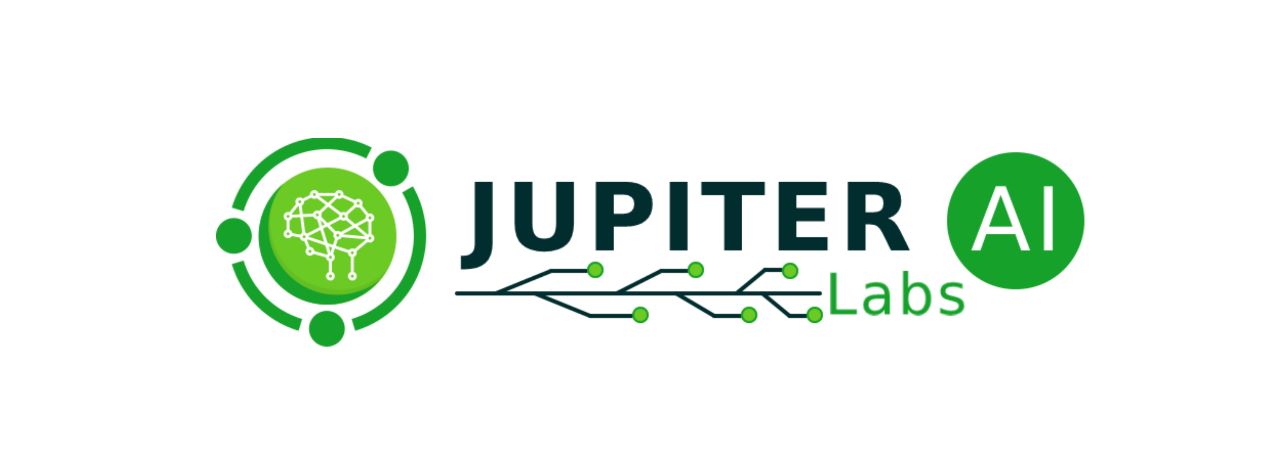Securing the Periphery: Cybersecurity in a Contingent Workforce Landscape
The modern workforce is a dynamic ecosystem, and the contingent workforce – comprising temporary, contract, and freelance professionals – plays a crucial role in today’s business landscape. However, while their expertise and flexibility empower organizations, their integration also introduces unique cybersecurity challenges that demand proactive mitigation strategies.
Understanding the Cybersecurity Risks:
- Increased Access Points: A larger pool of individuals accessing sensitive data creates numerous access points, amplifying the potential for unauthorized access and data breaches.
- Limited Security Awareness: Contingent workers may not have the same level of cybersecurity training and awareness as permanent employees, increasing susceptibility to phishing attacks and social engineering tactics.
- Shadow IT & Personal Devices: Contingent workers often use personal devices and unsanctioned software, creating blind spots for IT security teams and potential entry points for malware.
- Data Exfiltration Risks: With temporary access to sensitive information, the risk of data theft or unintentional leaks by contingent workers increases.
- Turnover and Onboarding Gaps: Frequent rotation of contingent workers can lead to gaps in security protocols and vulnerabilities during onboarding and offboarding processes.
Building a Fortressed Ecosystem:
Fortunately, these challenges can be mitigated through a combination of robust security practices and strategic measures:
- Rigorous Background Checks: Conduct thorough background checks on all contingent workers, particularly those accessing sensitive data or systems.
- Cybersecurity Training & Awareness: Implement mandatory cybersecurity training programs for all employees, including contingent workers, to educate them on common threats and best practices.
- Data Access Control & Monitoring: Implement strict data access controls, limit access to only necessary information, and monitor user activity for anomalous behavior.
- Secure Technology Platforms: Utilize secure IT infrastructure, endpoint protection software, and encryption technologies to protect data at rest and in transit.
- Clear Policies & Procedures: Establish clear security policies, acceptable use policies, and breach reporting procedures for all employees, including contingent workers.
- Regular Testing & Audits: Conduct regular security assessments, penetration testing, and vulnerability scans to identify and address any potential weaknesses in your systems.
- Contingency Planning & Training: Prepare for security incidents through robust incident response plans and employee training on breach response protocols.
Empowering the Contingent Workforce:
Security is not just about technology; it’s about building a culture of awareness and responsibility. Partner with your contingent workforce by:
- Communicating the Importance of Cybersecurity: Clearly communicate the importance of cybersecurity and its impact on the organization’s success.
- Provide Ongoing Support: Offer ongoing support and resources to help contingent workers understand and comply with security policies and procedures.
- Encourage Open Communication: Create an environment where contingent workers feel comfortable reporting suspicious activity or potential security concerns.
By embracing these proactive measures and fostering a culture of security awareness, organizations can leverage the benefits of a contingent workforce while safeguarding their valuable data and maintaining an optimal cybersecurity posture. Remember, in today’s interconnected world, cybersecurity is a shared responsibility; by equipping and empowering both permanent and contingent employees, we can build a more secure and resilient digital ecosystem for all.
